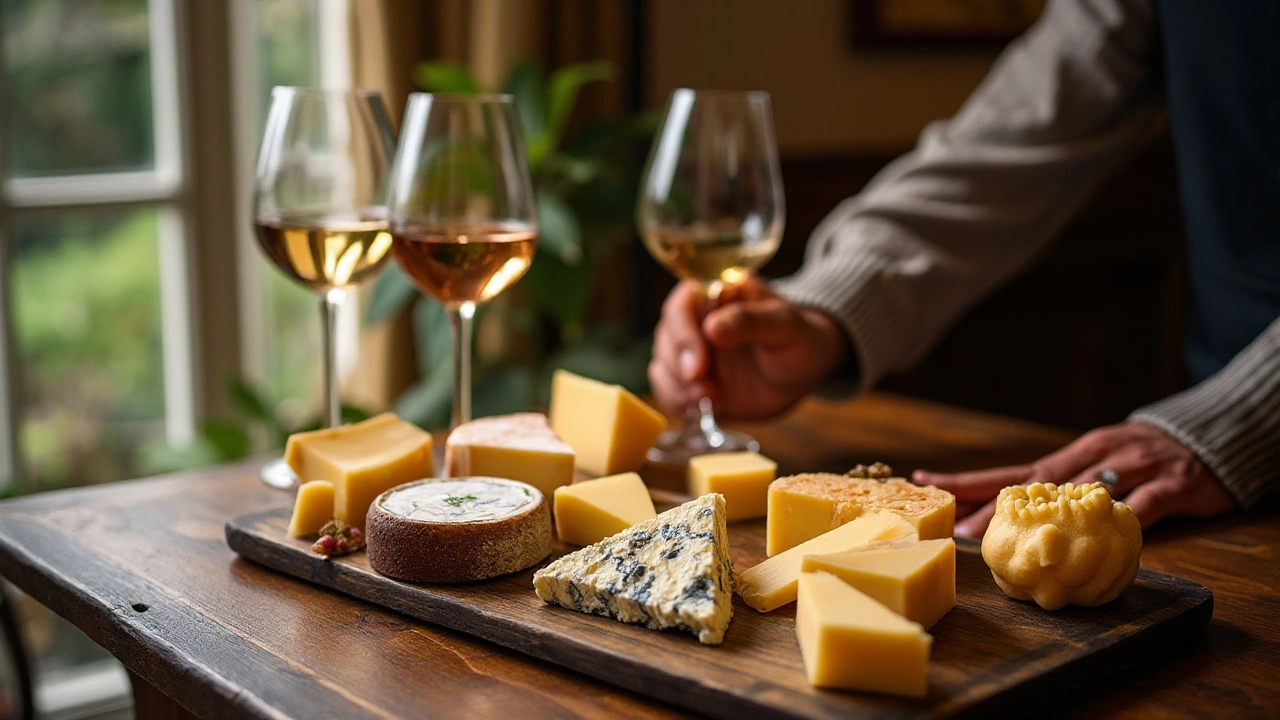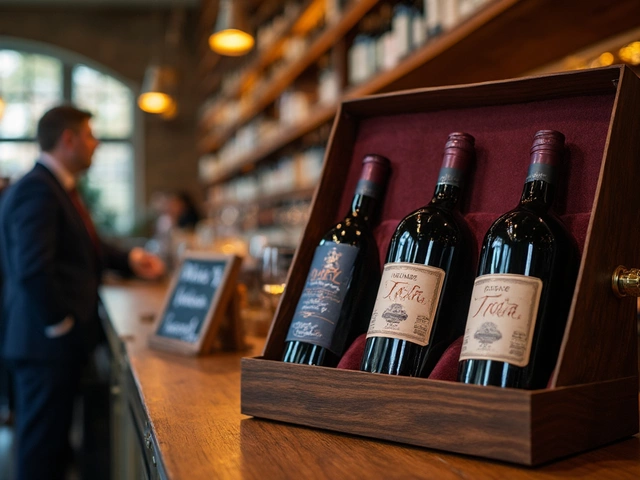Wine & Cheese Pairing Made Simple
If you’ve ever stared at a cheese board wondering which bottle to pour, you’re not alone. Pairing wine and cheese isn’t rocket science – it’s about balancing flavors, textures, and a bit of gut feeling. In this guide we’ll break down the basics, share quick rules, and point out a few unexpected matches that will wow your friends. Grab a glass, a few slices, and let’s get practical.
Why Pairing Matters
The right wine can lift a cheese’s flavor, while the wrong one can mask it. Think of it like a conversation: both parties need to be heard. A sharp, acidic wine cuts through creamy, buttery cheese, creating a clean finish. Conversely, a sweet wine tames salty, pungent cheeses, making the bite feel balanced. Understanding this give‑and‑take helps you avoid clashing combos and makes each bite feel intentional.
Quick Pairing Rules
1. Match intensity. A bold, full‑bodied red pairs best with strong cheeses like aged cheddar or blue. Light wines such as Pinot Grigio work with delicate cheeses like mozzarella or ricotta.
2. Pair by texture. Crunchy, hard cheeses love the smooth mouthfeel of a light red, while soft, creamy cheeses shine with crisp whites.
3. Consider flavor bridges. Sweet notes in wine (think Riesling) complement salty or nutty cheeses. Acidic wines (Sauvignon Blanc) pair nicely with tangy goat cheese.
4. Experiment with contrast. A sweet wine against a spicy cheese can create a pleasant surprise. Don’t be afraid to try a splash of honey‑ed wine with a sharp Gouda.
Now that you have the rules, let’s look at a few go‑to combos. A classic Chardonnay with Brie works because the wine’s buttery texture mirrors the cheese’s creaminess. If you prefer red, try a light Pinot Noir with Gruyère – the berry notes play off the cheese’s nutty flavor. For a bold move, pair a sweet Malbec with blue cheese; the fruit sweetness softens the sharp bite, making the pairing surprisingly smooth.
When building your own cheese board, think about variety. Include at least one soft, one semi‑soft, and one hard cheese, then match each with a wine that fits the rules above. Add a few accompaniments – fresh fruit, nuts, or a drizzle of honey – and you’ve got a complete tasting experience without extra guesswork.
Finally, trust your palate. Everyone’s taste buds differ, so if a combo feels right, it probably is. Take notes the first time you try a new pair, jot down what works and what doesn’t. Over time you’ll develop a personal cheat sheet that makes hosting effortless. So next time you set out a platter, you’ll know exactly which bottle to uncork – no stress, just great flavor.
Exploring the delightful world of wine and cheese pairing involves more than just a simple matching of flavors. This guide unravels the complexities and subtleties of creating harmonious combinations that enhance taste and experience. Delve into tips for choosing the perfect wine for your cheese platter and discover surprising pairings that will impress even the most discerning palate. Whether you're a novice or a seasoned expert, this article offers invaluable insights to elevate your culinary enjoyment.
View Details

